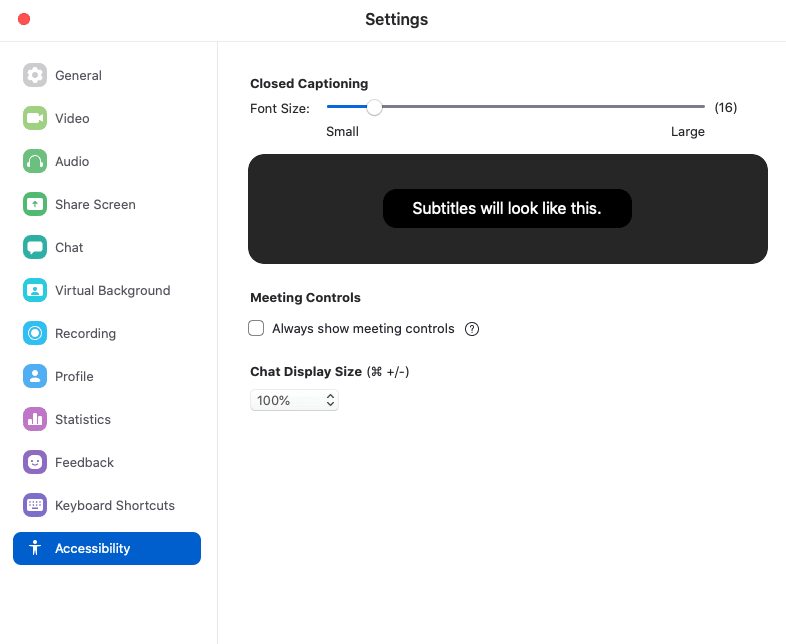Zoom has been the talk of the town over the past few weeks. So there were privacy issues and other problems. It doesn’t surprise me: Before the Corona crisis, I had the impression that Zoom was known and appreciated, especially in my filter bubble. Because it is easy to use, and even in the free version, it offers an excellent way to meet others online on the screen.

I guess that it was precisely this simple use of Zoom that quickly made it one of the most popular video meeting programs. And the more people use a product, the more quickly shortcomings become apparent. But in any case, I find it remarkable how Zoom reacts to criticism and corrects the errors.
I will not go into these problems in detail here. I have been using Zoom regularly for some time now, and with the right settings, I have no security concerns. Also, regarding accessibility, Zoom convinces me. So much in advance.
What must a video meeting provide to be accessible?
Tools such as Zoom break down barriers. For example, when deaf and hearing-impaired people can communicate in sign language via video call. At the same time, however, these programs can also create new barriers – namely, when the software is not accessible.
For a videoconferencing program to be usable and accessible to everyone, it must meet a few basic requirements.
Platform independence
It must be available on all different operating systems and devices so that no one is excluded.
Easy to use
If possible, you should not need to install anything to use the platform.
Accessible according to WCAG 2.1
The program itself (or the web application) must be accessible according to WCAG 2.1.
Accessibility features
The software offers individual settings and additional features to improve accessibility, such as support for closed captions.

Testing Zoom’s accessibility
- Zoom is available for Windows and Mac, but also for Smartphones and Tablets and is therefore open to everyone.
- If it is not possible to install the app, users can join the meeting via a web browser. However, not all functions are available when accessed via a browser.
- Zoom is accessible for screen reader and keyboard users. The quality of audio and video is outstanding so that people with disabilities can easily perceive the content.
- In zoom meetings and webinars, the host can activate subtitles. There are no closed captions provided by Zoom directly, but the host can provide subtitles through a third-party provider or a transcriber.
The users can enable the captions in their settings and also adjust the font size for their convenience.
How much does zoom cost?
You can use Zoom for free, but with some restrictions. A zoom meeting with three or more people is limited to 40 minutes. Of course, you can simply start a new meeting after 40 minutes. This works fine for private calls, but for business calls, it can seem a bit unprofessional. There, an upgrade to a paid account is probably worthwhile.
But only the host need a pro account, the guests can then participate in longer meetings for free. The paid version starts at 15 dollars per month.
Conclusion: Zoom is accessible and easy to use
Advantages
- Free of charge and platform-independent
- Excellent and stable audio and video quality, even with slow Internet connection
- Accessible for screen reader and keyboard users
- Support for subtitles
- Chat function
- Virtual background possible
Disadvantages
- Zoom is a US American provider. So the German texts are translated poorly.
- Subtitles are only available via third-party providers or a transcriber.
Your turn: What experiences have you had with Zoom or other video conferencing tools? I am looking forward to your comment.

